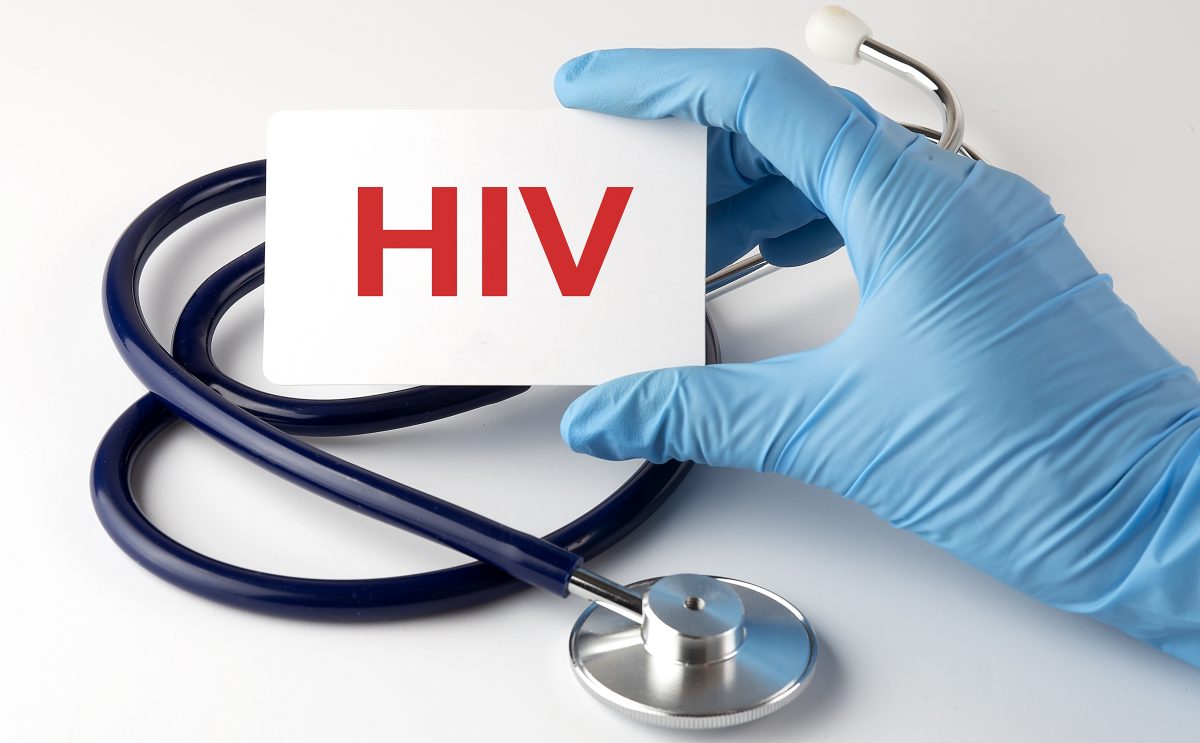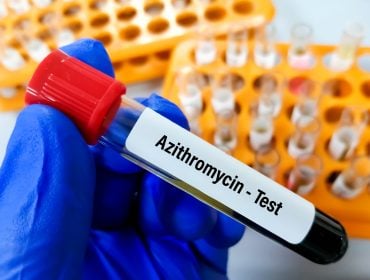Rapid HIV Test
What is Rapid HIV Testing?
Rapid HIV testing is used to screen for HIV, which causes AIDS. Unlike traditional HIV testing, rapid HIV testing can provide results in a short period of time, usually within 20 minutes.
Traditional HIV testing involves drawing a blood sample which is sent to a lab for analysis. The process includes an initial screening test, followed by a confirmatory test if the screening test result is positive. The entire process can take several days or even weeks to complete, depending on the lab’s schedule and the time it takes for the patient to receive their results.
On the other hand, HIV rapid testing can be done with a simple finger-prick blood sample or an oral swab without the need to send the sample to a lab. The test looks for antibodies to HIV in the blood or saliva. If these antibodies are present, the test will return a positive result. Due to its convenience and speed, rapid HIV testing can be done at various locations, including clinics, community health centers, and even at home, using a self-test kit.
However, it’s important to note that while rapid HIV tests are very accurate, they are not foolproof. False positives and negatives can occur, although they are rare. Therefore, any positive result from a rapid HIV test must be confirmed with a more detailed test, usually a traditional lab-based test.
Regarding timing, a rapid antigen/antibody test conducted with blood from a finger stick can ultimately detect HIV 18 to 90 days after exposure, compared to a traditional lab test using blood from a vein which can generally see HIV 18 to 45 days after exposure.
Overall, the main advantage of rapid HIV testing is its speed and convenience, allowing individuals to get tested and receive their results in the same visit, thereby reducing waiting times and anxiety associated with waiting for results.
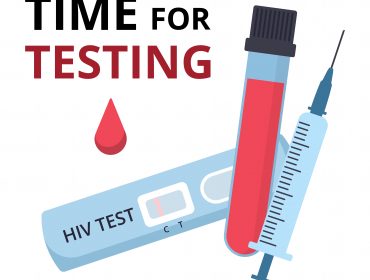
HIV RNA Test is Better Than the Rapid HIV Test
The medical community considers the HIV RNA test to be superior to the rapid HIV test due to several factors:
- Early Detection: The HIV RNA test can detect the presence of HIV in the body before the immune system starts producing antibodies, typically within 9-11 days after exposure. This means it can diagnose an HIV infection sooner than a rapid HIV test, which usually detects antibodies to the virus and may take up to three months post-exposure to give accurate results.
- Reduced Window Period: The window period (the time between potential exposure to HIV and when a test can accurately detect it) is shorter with the HIV RNA test. This allows for earlier diagnosis and treatment, improving health outcomes and reducing the risk of transmitting the virus to others.
- Direct Virus Detection: Unlike rapid HIV tests that look for antibodies or antigens produced in response to the virus, the HIV RNA test directly detects the virus’s genetic material. This makes it more accurate to identify an active infection.
- Confirmatory Testing: The HIV RNA test can be used as a confirmatory test when other tests produce indeterminate or conflicting results. It can help distinguish between a false positive impact (where the test incorrectly indicates that HIV is present) and an actual infection.
- Monitoring Treatment: In addition to detecting HIV, the RNA test is also used to monitor the viral load (the amount of HIV in the blood) in people diagnosed with HIV. This helps healthcare providers determine how well antiretroviral therapy (ART) works.
However, it’s important to note that while the HIV RNA test has these advantages, it is generally more expensive and less readily available than rapid HIV tests. Therefore, the choice of test often depends on individual circumstances, including potential exposure risk, symptoms, and availability of testing options. We offer a 4th generation HIV test as well.
The Process of Rapid HIV Testing
Rapid HIV testing is relatively simple and quick, providing results within a short time frame, usually about 20 minutes. Here are the steps involved:
- Sample Collection: Depending on the type of rapid HIV test being used, a small blood sample is collected either through a finger prick or an oral swab is used to collect a sample of saliva from your mouth. The oral fluid test involves swabbing the area between your gums and teeth to order a sample.
- Applying the Sample: The collected sample is then used as a test device. If it’s a blood sample, it’s typically placed into a small plastic casing. The swab is inserted into a tube with a testing solution if it’s an oral sample.
- Waiting for Results: Once the sample is applied to the test device, you must wait for the results. This usually takes about 20 minutes. During this time, the test looks for antibodies to the HIV virus in the sample.
- Reading the Results: Results can be read directly from the test device after the waiting period. The presence of a line or other marker usually indicates a positive result, meaning that HIV antibodies have been detected. No line or marker generally means a negative impact, implying no detection of HIV antibodies.
- Confirmatory Testing: If a rapid HIV test gives a positive result, it’s essential to have a confirmatory test. This is typically a traditional lab-based test that can more definitively determine if you have HIV. This is because rapid tests, while very accurate, can occasionally give false positive results.
Remember, while rapid HIV testing is a powerful tool for screening for HIV, it’s not definitive. A negative result doesn’t necessarily mean you’re free from HIV, especially if you’ve had a recent potential exposure. HIV antibodies can take several weeks to develop after infection, so if the test is performed during this window period, it may not detect the virus. Regular testing and safe practices are essential for effective HIV prevention.
Benefits of Rapid HIV Testing
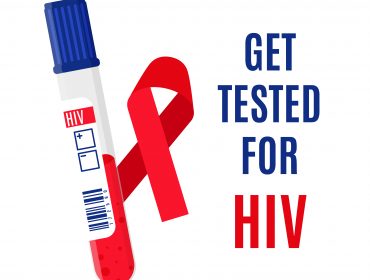
HIV rapid testing offers several benefits that can significantly contribute to personal health management and broader public health goals. Here are some of the key benefits:
- Quick Results: Traditional HIV tests can take days or weeks to return results. In contrast, rapid HIV tests provide results in as little as 20 minutes. This quick turnaround time can reduce anxiety and uncertainty while waiting for results.
- Convenience: Rapid HIV tests can be performed in various settings, including clinics, community health centers, and even at home, using self-test kits. This makes testing more accessible and convenient for individuals.
- Early Detection and Treatment: Rapid HIV tests can detect HIV antibodies, usually within two to eight weeks after infection. Early detection allows for quicker initiation of treatment, which can significantly improve health outcomes and reduce the risk of transmitting the virus to others.
- Increased Testing Rates: Because of their convenience and speed, rapid HIV tests may encourage more people to get tested. This can lead to higher rates of HIV diagnosis, which is crucial for controlling the spread of the virus.
- Counseling and Support: Rapid HIV tests often involve pre-test and post-test counseling. This provides an opportunity to learn about preventing the disease, managing potential risks, and understanding the next steps if the test result is positive.
- Cost-Effectiveness: HIV Rapid tests are generally less expensive than traditional lab-based tests. They also reduce indirect costs associated with delays in diagnosis, such as advanced treatment needs and potential transmission to others.
Remember, while rapid HIV testing has many benefits, any positive result should be confirmed with a follow-up test for accurate diagnosis. Regular testing and safe practices are crucial for effective HIV prevention and management.
Limitations and Considerations of Rapid HIV Testing
Rapid HIV testing, despite its numerous benefits, has certain limitations and considerations that should be kept in mind:
- False Positives and Negatives: HIV rapid tests, while generally accurate, can occasionally produce false-positive or false-negative results. This is particularly true if the test is taken too soon after potential exposure to the virus, during what’s known as the ‘window period.’ Therefore, any positive result from a rapid HIV test must be confirmed with a more detailed test, usually a traditional lab-based test.
- Window Period: Rapid HIV tests detect antibodies produced by the body in response to an HIV infection. However, these antibodies may only be detectable 2-8 weeks post-infection. This “window period” can lead to false negatives if the test is taken too soon after exposure.
- Access and Cost: Despite being less expensive than traditional lab tests, the cost of rapid HIV tests might still be prohibitive for some individuals, potentially limiting access. Additionally, home testing kits, while convenient, may only be available in some places.
- Need for Professional Counseling: Rapid HIV tests are often performed in conjunction with pre-test and post-test counseling. While this can be beneficial, it also requires trained personnel and additional time, which might not always be available, especially in resource-limited settings.
- Quality Control: When tests are conducted outside of a laboratory setting, there may be variations in how the test is performed, potentially affecting the accuracy of the results.
- Over-reliance: There is a risk that people might overly rely on rapid HIV tests and neglect other safer sex practices. It’s important to remember that regular testing should be part of a comprehensive approach to HIV prevention, including consistent use of condoms and other protective measures.
While HIV rapid testing is an important tool in the fight against HIV/AIDS, these considerations should be considered to ensure effective use. Regular testing, verification of positive results, and continued safe practices are crucial.
Where to Get a Rapid HIV Test
Rapid HIV test are widely available at various locations and through multiple services:
- Doctor’s Offices or Health Clinics
- Community Health Centers
- Local Health Departments
- Pharmacies: Some larger pharmacies and drug stores offer rapid HIV testing.
- Planned Parenthood
- Home Testing Kits
- Online Services: Online services like us (STDcheck.com) provide confidential and private testing options. STDcheck.com doesn’t offer rapid HIV tests because RNA is the definitive test.
Regular rapid HIV testing plays a pivotal role in HIV prevention and management. Here’s how:
- Early Detection: Rapid HIV tests can detect the presence of HIV antibodies, usually within 2-8 weeks after infection. Early detection is crucial as it allows individuals to start treatment sooner, significantly improving health outcomes and reducing the risk of transmitting the virus to others.
- Convenience and Accessibility: The quick and convenient nature of rapid HIV tests makes regular testing more feasible and less burdensome. This can potentially encourage more people to get tested regularly, leading to higher rates of HIV diagnosis.
- Reduced Transmission: Regular testing can lead to a decrease in HIV transmission. When individuals know their status, they can take steps to protect their partners, such as practicing safer sex, using Pre-Exposure Prophylaxis (PrEP), or starting antiretroviral therapy (ART) if they are HIV positive.
- Immediate Linkage to Care: HIV rapid tests provide immediate results, enabling healthcare providers to link individuals to care and treatment services without delay if they test positive. This prompt action is crucial in managing HIV and preventing its spread.
- Community-Level Impact: Regular rapid HIV testing can have a significant impact at the community level. It not only helps identify undiagnosed cases but also fosters awareness about HIV, reduces the stigma associated with testing, and promotes healthier behavior.
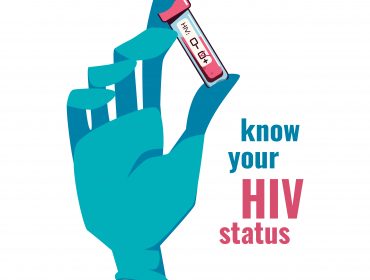
To sum up, regular rapid HIV testing is a formidable tool in the fight against HIV/AIDS. However, it’s important to remember that testing needs to be combined with other prevention strategies like safe sex practices, education, and counseling for maximum effectiveness.
Rapid HIV testing plays a pivotal role in the fight against HIV/AIDS. Its benefits range from early detection and immediate linkage to care to increased convenience and accessibility. It allows individuals to know their status within minutes, enabling quicker prevention, treatment, and care decisions.
Get tested, know your status, and commit to safe practices. At STDcheck.com, we want to promote sexual health and an STD-free world. We don’t care where you get tested as long as you get tested. The article aims to educate the public on the difference between HIV RNA tests and rapid HIV tests.
Medically Reviewed by William Terranova, MD on July 9, 2023
Secure and Confidential
STD testing services
The fastest results possbile - available in 1 to 2 days

Tagged
Categorized As
Author: STD Check Editorial Team
At STDCheck.com, we go to great lengths to ensure quality content. We’re using our own collection of data. It is not bought or made up for “click-bait” purposes. We don’t entice traffic with cheesy graphics or raunchy headlines. Our information is to promote STD testing, educate people, let go of social stigmas, and bring awareness. We also provide a completely confidential atmosphere through private testing. When we produce an article, it is fact-based. We check it with medical advisors that approve it. Our staff consists of doctors and other medical professionals who peer review the content we make available on STDCheck.com. From all over the world, we have sourced the best and the brightest content developers, including medical professionals, marketing engineers, data scientists, content specialists, and media relations.

